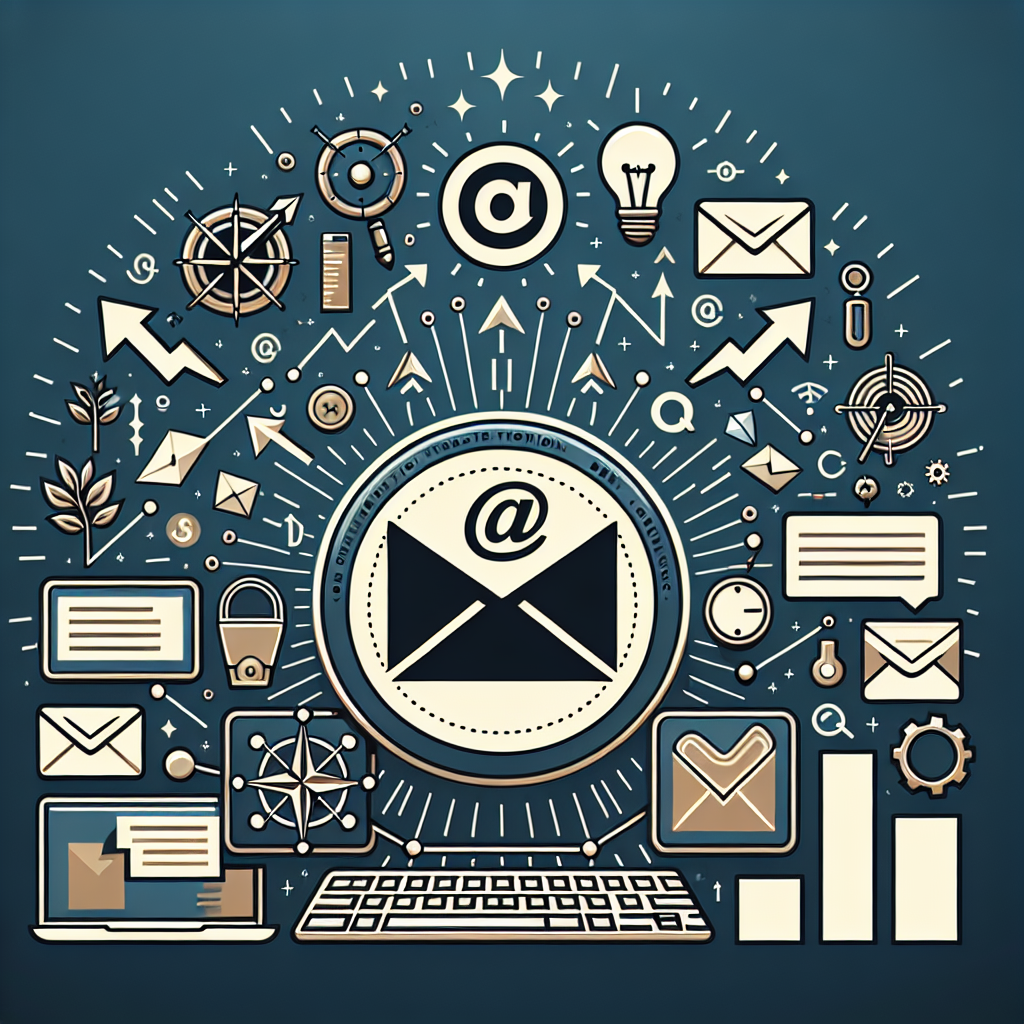The Ultimate Guide to Email Marketing Best Practices

**The Ultimate Guide to Email Marketing Best Practices**
In the digital age, email marketing remains one of the most effective tools for businesses to connect with their customers. With the potential to reach a wide audience and drive engagement, email marketing can be a powerful tool in any marketing strategy. However, to make the most of this platform, it is essential to follow best practices that ensure your emails are well-received and drive results. In this ultimate guide, we will cover everything you need to know about email marketing best practices to help you maximize your email marketing efforts.
**Why Email Marketing Matters**
Email marketing is a cost-effective way to reach your target audience directly. With the ability to segment your email list based on customer preferences and behaviors, you can tailor your messages to specific groups, increasing the likelihood of engagement. Additionally, email marketing allows you to track key metrics such as open rates, click-through rates, and conversions, providing valuable insights into the effectiveness of your campaigns.
**Building Your Email List**
Before you can start sending emails, you need to build a quality email list. It’s essential to focus on growing your list organically by offering valuable content or incentives in exchange for email sign-ups. Avoid purchasing email lists, as this can harm your sender reputation and result in low engagement rates. Instead, encourage website visitors to subscribe to your newsletter, promote your email list on social media, and collect emails at events or through lead generation forms on your website.
**Creating Compelling Email Content**
Once you have a solid email list, the next step is to create compelling email content that resonates with your audience. Personalization is key to driving engagement, so be sure to address subscribers by name and segment your list based on their preferences. Use attention-grabbing subject lines that entice recipients to open your emails, and keep your content concise and visually appealing. Incorporate images, videos, and calls-to-action to encourage clicks and conversions.
**Optimizing for Mobile**
With more people accessing their emails on mobile devices, it’s crucial to optimize your emails for mobile viewing. Use responsive design to ensure your emails are displayed correctly on all devices, and keep your content short and to the point. Test your emails on different devices and email clients to ensure they look good and are easy to read on mobile.
**Timing and Frequency**
Finding the right balance between the timing and frequency of your emails is essential for maximizing engagement. Test different send times to determine when your audience is most active and likely to open your emails. Avoid bombarding subscribers with too many emails, as this can lead to unsubscribes and decreased engagement. Instead, focus on sending relevant, timely content that adds value to your subscribers’ inbox.
**Measuring Success**
To gauge the effectiveness of your email marketing campaigns, it’s important to track key metrics such as open rates, click-through rates, and conversions. Use an email marketing platform that provides detailed analytics to help you understand how your emails are performing. Test different elements of your emails, such as subject lines, content, and calls-to-action, to optimize your campaigns for maximum results.
**Compliance and Privacy**
Ensure that your email marketing practices comply with relevant regulations, such as the CAN-SPAM Act and GDPR. Obtain permission from subscribers before sending them emails, and include an easy way for recipients to unsubscribe from your list. Protect your subscribers’ data and privacy by implementing robust security measures and keeping their information secure.
**FAQs**
**Q: How often should I send emails to my subscribers?**
A: The frequency of your emails will depend on your audience and the type of content you are sending. Test different send frequencies to determine what works best for your subscribers, but generally, aim to send emails consistently without overwhelming your audience.
**Q: What is the best time to send emails?**
A: The best time to send emails will vary depending on your target audience and industry. Test different send times to see when your subscribers are most likely to open and engage with your emails. Consider factors such as time zone differences and work schedules when determining the optimal send time.
**Q: How can I improve my email open rates?**
A: To improve your email open rates, focus on creating compelling subject lines that grab recipients’ attention. Personalize your emails and segment your list to send targeted content that is relevant to each subscriber. Test different subject lines and send times to optimize your open rates.
In conclusion, email marketing is a powerful tool for businesses to connect with their audience and drive engagement. By following best practices such as building a quality email list, creating compelling content, optimizing for mobile, and measuring success, you can maximize the effectiveness of your email marketing campaigns. Remember to prioritize compliance and privacy to protect your subscribers’ data and ensure a positive email experience. With the right strategies in place, email marketing can help you achieve your marketing goals and drive results for your business.




